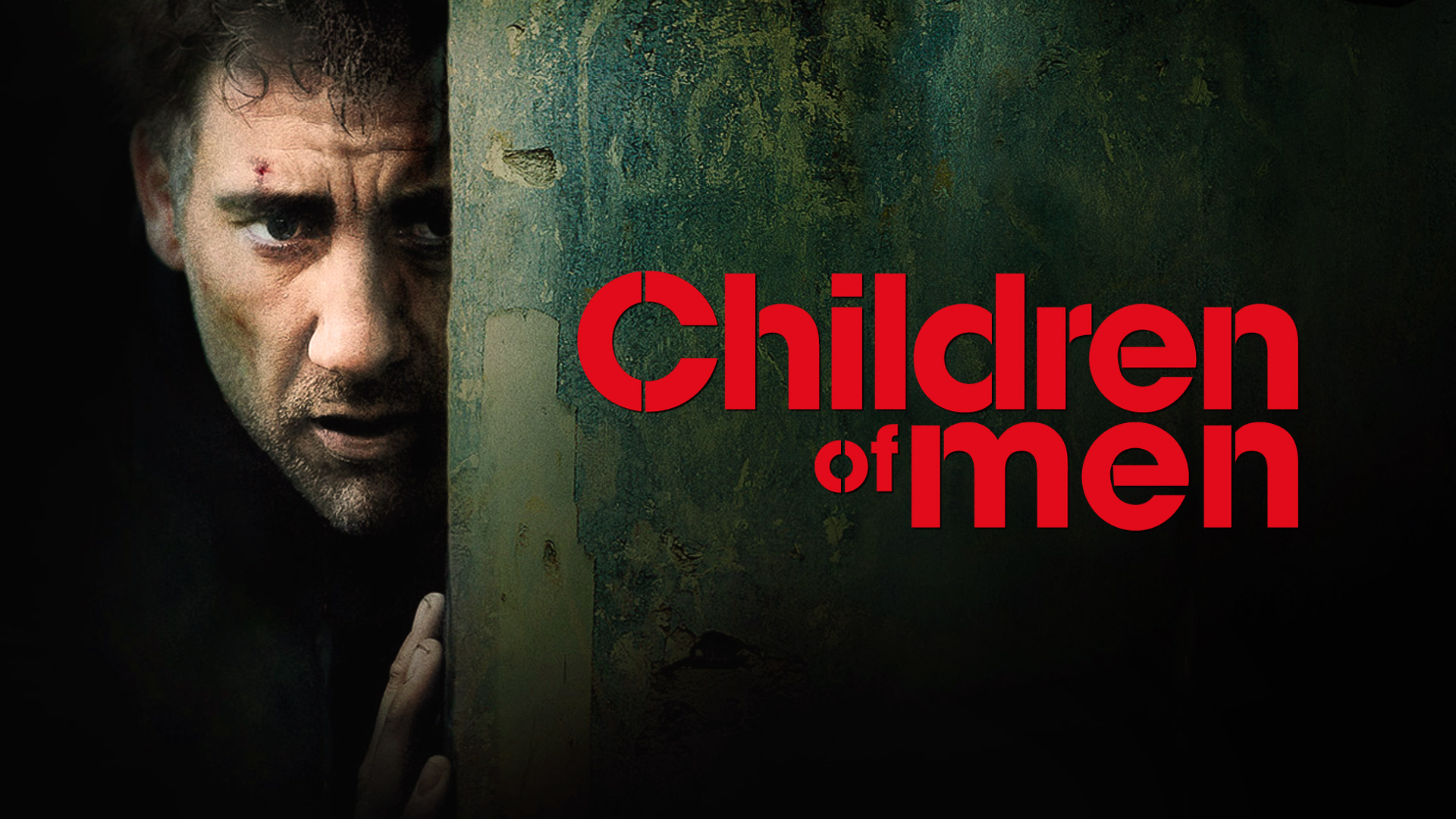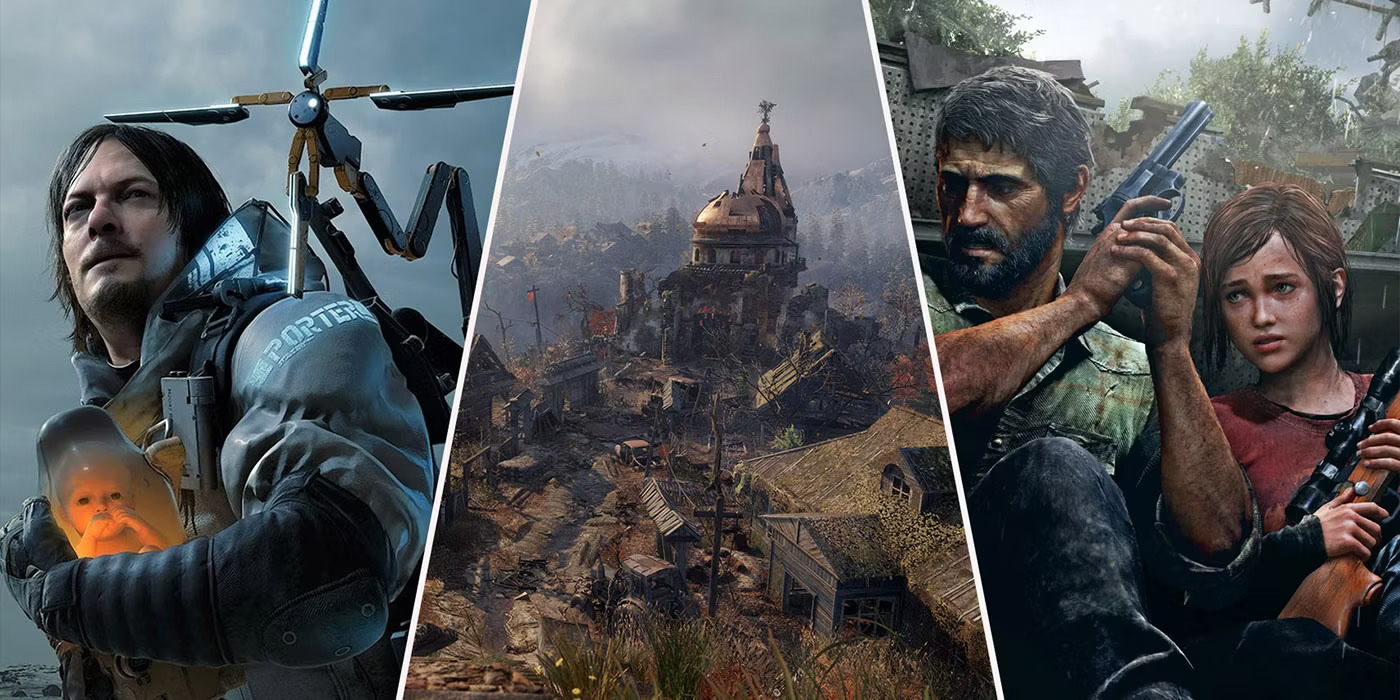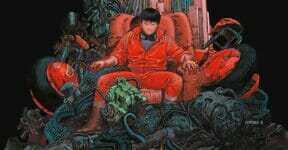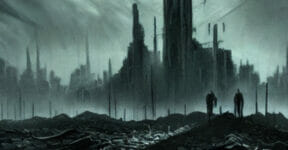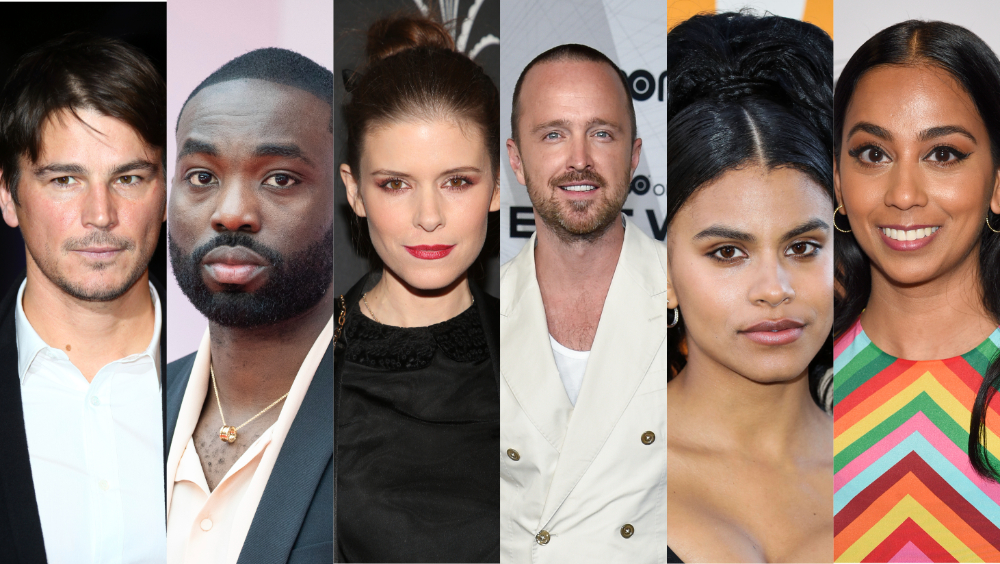In the realm of apocalyptic cinema, Alfonso Cuarón’s “Children of Men” stands out as a gritty and thought-provoking masterpiece that offers a unique perspective on a world gripped by infertility and despair. Released in 2006, this film takes us on a riveting journey through a bleak and chaotic near-future, where humanity’s last hope resides in the form of a miraculous pregnancy. In this blog, we will explore the fascinating and surprising aspects of “Children of Men,” from its cast and crew to its underlying themes that continue to resonate with audiences.
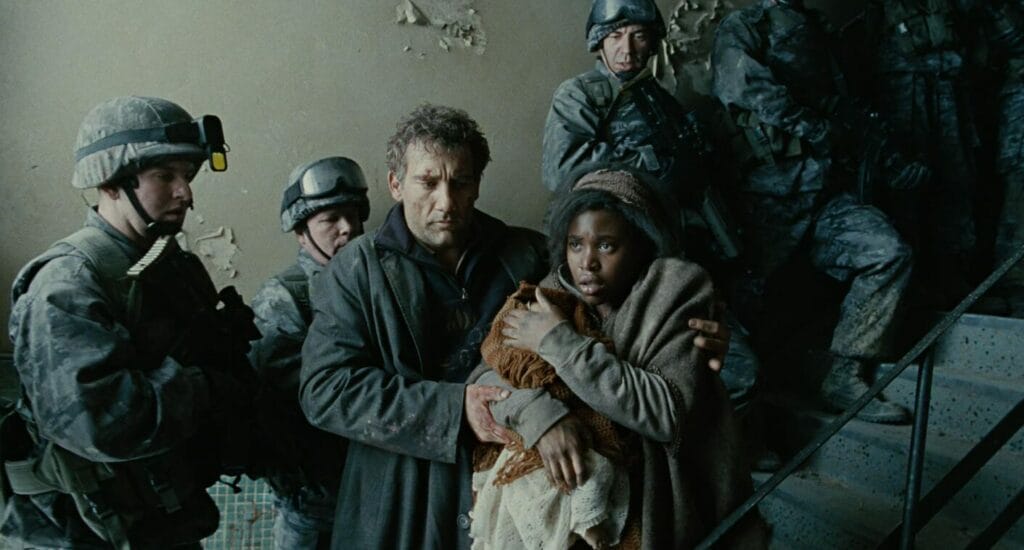
The Cast and Crew:
One of the remarkable aspects of “Children of Men” is its talented cast and the visionary crew that brought this dystopian world to life.
Clive Owen (Theo Faron): In the lead role, Clive Owen delivers a powerful and emotionally charged performance as Theo Faron, a disillusioned bureaucrat who finds himself thrust into the midst of a world on the brink of collapse. Owen’s portrayal of a reluctant hero struggling to find hope in the bleakest of circumstances is a testament to his acting prowess.
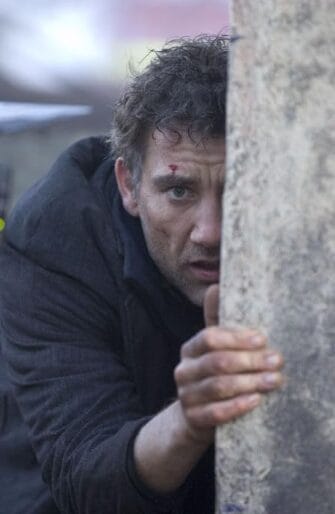
Julianne Moore (Julian Taylor): Julianne Moore plays Julian Taylor, Theo’s former lover and a key figure in the resistance movement. Her character’s mysterious death early in the film catalyzes the narrative, driving Theo to protect the pregnant woman and the hope she represents.

Michael Caine (Jasper Palmer): Michael Caine, in an unexpected departure from his typical roles, portrays Jasper Palmer, a pot-smoking and laid-back former political cartoonist. Caine’s performance adds a touch of humor and humanity to the story, highlighting the resilience of individuals in the face of societal collapse.
Alfonso Cuarón (Director): Alfonso Cuarón, known for his impressive visual storytelling, directed “Children of Men.” His unique vision and mastery of long-take sequences contribute significantly to the film’s immersive and intense atmosphere. Cuarón’s ability to craft a dystopian world that feels both eerily realistic and visually stunning is a testament to his directorial skill.
Emmanuel Lubezki (Cinematographer): Emmanuel Lubezki, a frequent collaborator of Cuarón, played a crucial role as the film’s cinematographer. Together, they utilized several long-take shots that immerse the audience in the chaos and intensity of the film’s world. These sequences are not only technically impressive but also emotionally gripping.
Fascinating and Surprising Aspects:
Realism in Cinematography: “Children of Men” is known for its groundbreaking cinematography, including the famous car scene where Clive Owen’s character, Theo, navigates a relentless battle while protecting the pregnant woman. The sequence was meticulously choreographed and executed, with the car’s interior being modified to accommodate the long-take shot. This level of detail and realism immerses the audience in the heart-pounding action.

Political and Societal Commentary: The film delves into complex themes of immigration, xenophobia, and the abuse of state power, making it a surprisingly relevant commentary on contemporary issues. The depiction of refugee camps, immigration policies, and the use of surveillance technology raises questions about our world’s trajectory.
Hope in Bleakness: At its core, “Children of Men” is a story of hope amidst despair. The miraculous pregnancy at the heart of the plot serves as a beacon of possibility in a world that has lost all hope. This theme resonates strongly with viewers, reminding us that even in the darkest times, humanity can find resilience and reasons to carry on.
“Children of Men” remains a striking and powerful piece of cinema that continues to captivate audiences with its gritty portrayal of a world in turmoil and the enduring hope that humanity clings to in its darkest hour. Its themes and visual innovations have left an indelible mark on the world of apocalyptic filmmaking, ensuring its place in cinematic history.
Other things you might want to know:
What inspired the creation of the film’s bleak world?
The film is based on P.D. James’s 1992 novel of the same name. Alfonso Cuarón and his team adapted the story to the screen, maintaining the novel’s core themes while adding their own distinctive visual and narrative style.
How were the long-take sequences achieved?
The long-take sequences in “Children of Men” were meticulously planned and executed with great precision. The crew used a specially designed car with a roof-mounted camera rig for the iconic car scene, allowing the camera to capture the action seamlessly. The film’s visual effects team then worked their magic to stitch the shots together, creating the illusion of a continuous take.
What is the legacy of “Children of Men” in the world of cinema?
“Children of Men” has left an enduring impact on the cinematic landscape. Its innovative cinematography techniques have influenced subsequent films, and its themes of societal collapse, immigration, and hope continue to resonate in a world facing complex challenges. The film has also gained a dedicated cult following for its unique storytelling and visual style.
Check out other articles by month:

